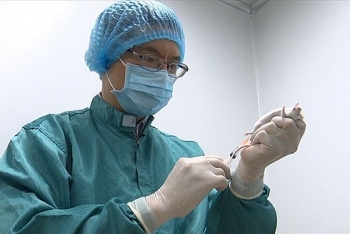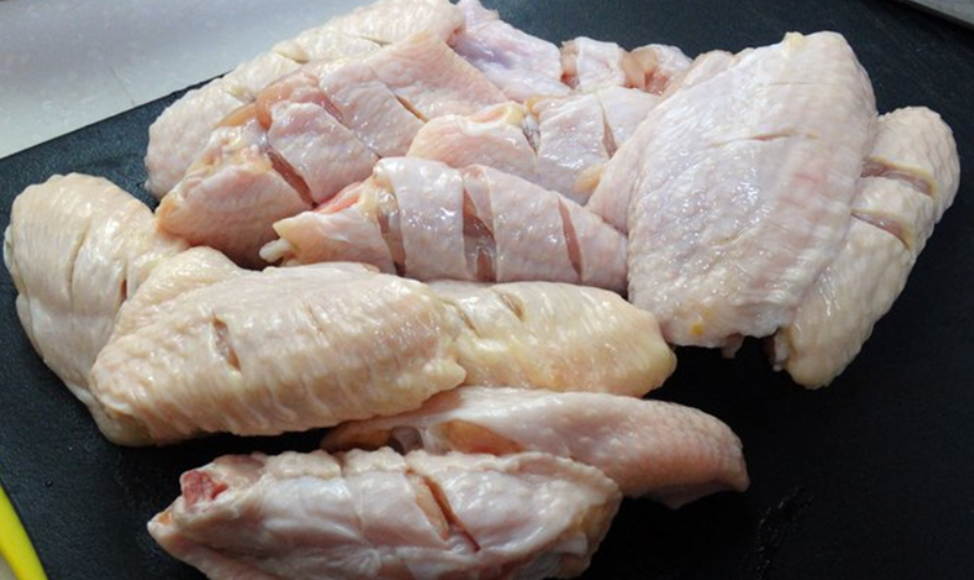New reseach shows airdroplets from Covid-19 patient can spread to 5 meters
Transmission occurs farther than near 2 meters recommended in social distancing guidelines
According to New York Times, airborne virus plays a significant role in community transmission, many experts believe. A new study fills in the missing piece: Floating virus can infect cells.
A research team at the University of Florida succeeded in isolating live virus from aerosols collected at a distance of seven to 16 feet (2,1-4,8 meters) from patients hospitalized with Covid-19 — farther than the six feet (1,8 meters) recommended in social distancing guidelines.
The findings, posted online last week, have not yet been vetted by peer review, but have already caused something of a stir among scientists. “If this isn’t a smoking gun, then I don’t know what is,” Dr. Marr tweeted last week.
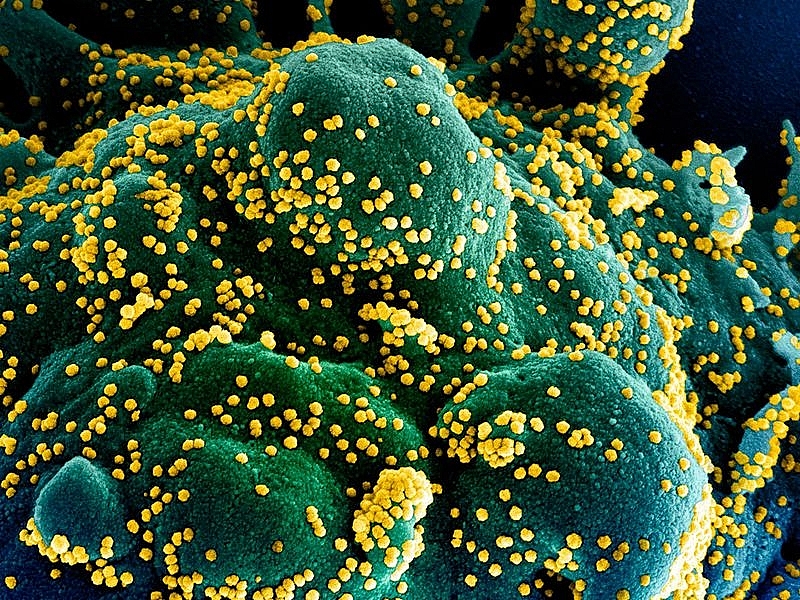 |
| SARS_CoV-2 virus (yellow) attack cell. Photo: NAID/AFP. |
The research was exacting. Aerosols are minute by definition, measuring only up to five micrometers across; evaporation can make them even smaller. Attempts to capture these delicate droplets usually damage the virus they contain, Chicago Tribune reported.
“It’s very hard to sample biological material from the air and have it be viable,” said Shelly Miller, an environmental engineer at the University of Colorado Boulder who studies air quality and airborne diseases.
“We have to be clever about sampling biological material so that it is more similar to how you might inhale it.”
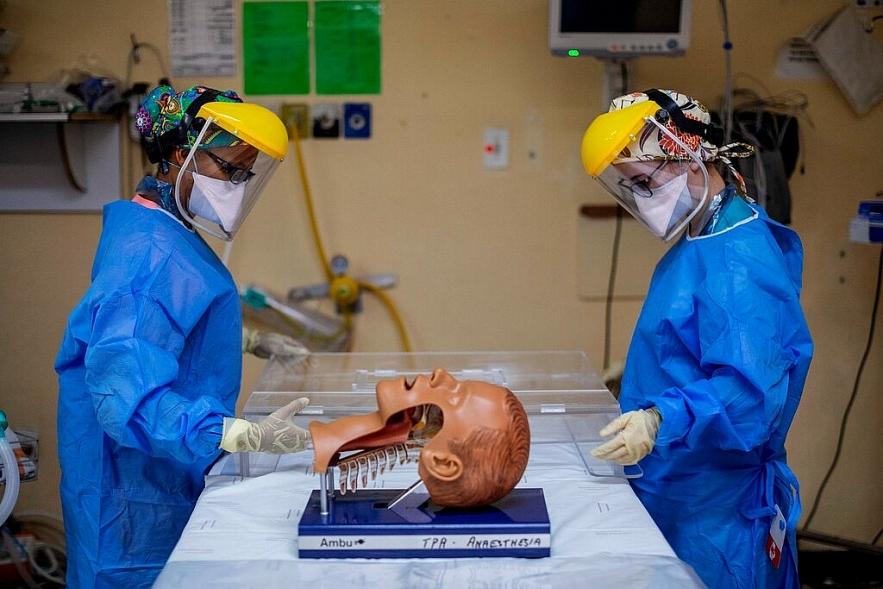 |
| Doctors in Johannesburg demonstrated how to place a device called an intubox over a patient, to help curb the spread of viral droplets during intubation.Credit...Michele Spatari/Agence France-Presse — Getty Images |
To arrive at their findings, the team collected air samples in the room of two COVID-19 patients, one of whom had an active respiratory infection with a nasopharyngeal swab positive for SARS-CoV-2. The researchers used VIVAS air samplers, and the samples were subjected to RT-qPCR and virus culture, News Medical reported.
The findings of the tests revealed that a viable virus was isolated from air samples that were collected about 2 to 4.8 meters away from the patients. The genome sequences of the novel coronavirus strain isolated from the material collected by the air samples were identical to that isolated from the swab of the patient with active infection.
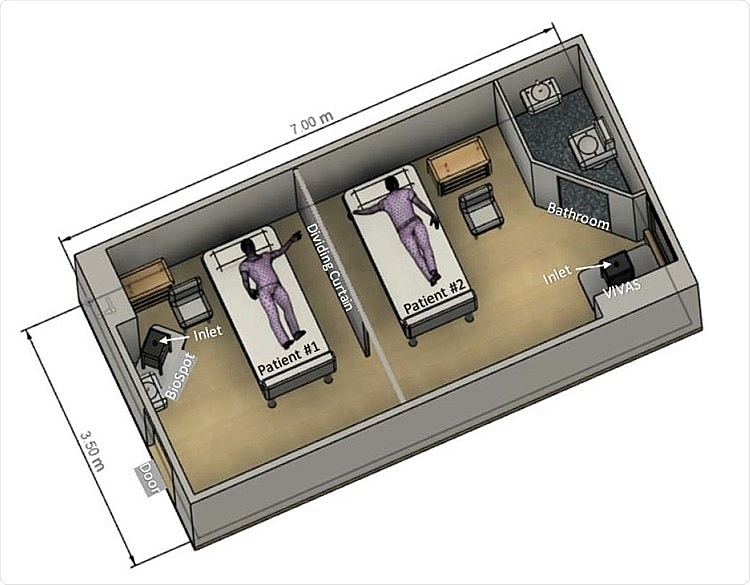 |
| Schematic diagram of room with depiction of patient bed and air-sampler locations. Photo: News Medical. |
The study findings shed light on how the virus can spread even in indoor spaces. The public health implications of the study are broad, especially that the current best practices to curb the spread of COVID-19 focus on wearing face-coverings or masks, social distancing, and frequent handwashing.
However, in airborne transmission, physical distancing by about six feet would not be enough to help in indoor settings. The researchers call for clear guidance on control measures against SARS-CoV-2 aerosols. This way, the spread of the virus, especially indoors, can be averted.
New result is essential to develop effective measures
Understanding how, when, and in what types of settings SARS-CoV-2 spreads is essential to develop effective public health and infection preventive measures to contain the spread of the virus.
Currently, many countries practice health measures such as maintaining social distancing, wearing masks, washing hands regularly, and avoiding crowds due to the risk of COVID-19 infection. Respiratory droplets have been known as the main route of transmission. Still, with emerging evidence of airborne transmission, health experts recommend modifying these health measures, particularly in indoor spaces where there is limited ventilation, News Medical reported.
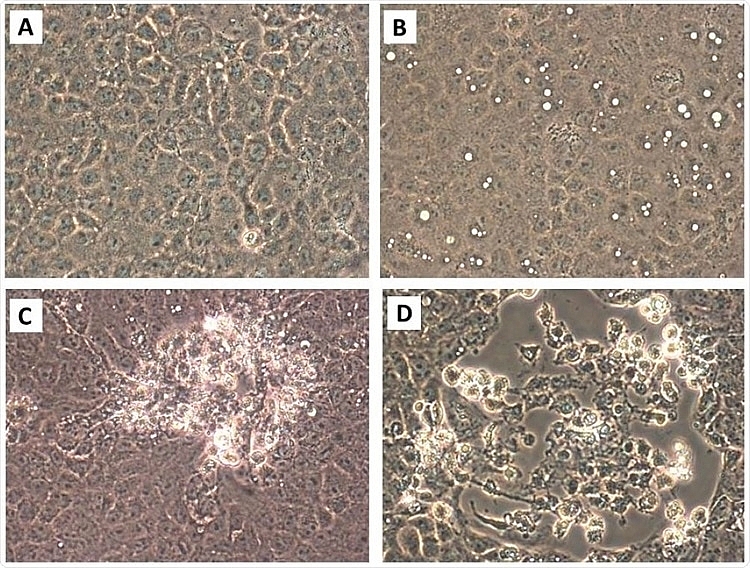 |
| Cytopathic effects in Vero E6 cells inoculated with material collected from the air during air sampling 1-1. [A] Mock-infected Vero E6 cells, 10 days post-inoculation with sterile collection medium. [B]. Large cytoplasmic vacuoles in Vero E6 cells inoculated with collection medium from BioSpot sample 1-1 at 4 dpi. [C] Early focus of infection 7 dpi. [D] Focus of infection 10 dpi. Rounded cells that are detaching, some in clumps, are present. Attached cells remaining in this focus of infection have dark cytoplasms, some have large cytoplasmic inclusion bodies, and some cells are elongated. Original magnifications at 400X. Photo: News Medical. |
Wearing of masks inside offices, workplaces, and groceries, among others, is very important to prevent the spread of the virus. Further, ventilation should be improved, while some experts say that letting natural air to come it can help reduce the virus spread.
Up to date, there are more 21 million confirmed cases across the globe, with more than 753,000 deaths. Each day thousands of cases are being added, while other countries are reporting second waves of the virus. With lockdown measures being eased, it is crucial for people to be more cautious and vigilant to prevent infection.
 |
| Socially distanced chairs in a classroom in Schwerin, Germany. Scientists found airborne virus at a distance much farther than the recommended six feet.Credit...Felipe Trueba/EPA, via Shutterstock |
According to Health Line, while the research says saliva may be able to travel up to 18 feet (4,8 meters), it didn’t address whether the new coronavirus would be able to survive long enough to travel and infect a person from that far away, according to researchers not associated with the study.
It also doesn’t show if or how long the virus lingers, which is a factor in other highly infectious diseases, such as measles.
Dr. Amesh Adalja, an infectious disease expert and senior scholar at Johns Hopkins Bloomberg School of Public Health in Maryland, says experts aren’t seeing that kind of infection with the new coronavirus.
“There’s still a lot of questions out there,” he said.
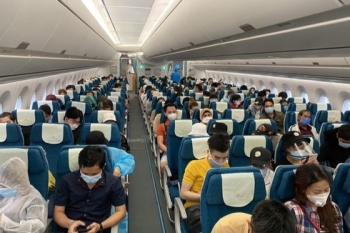 | Stranded visitors from coronavirus-hit Da Nang able to be sent home Vietnam Airlines announced that it will conduct three flights on August 12-13 to return more than 700 out of 1,695 tourists left stranded in Da ... |
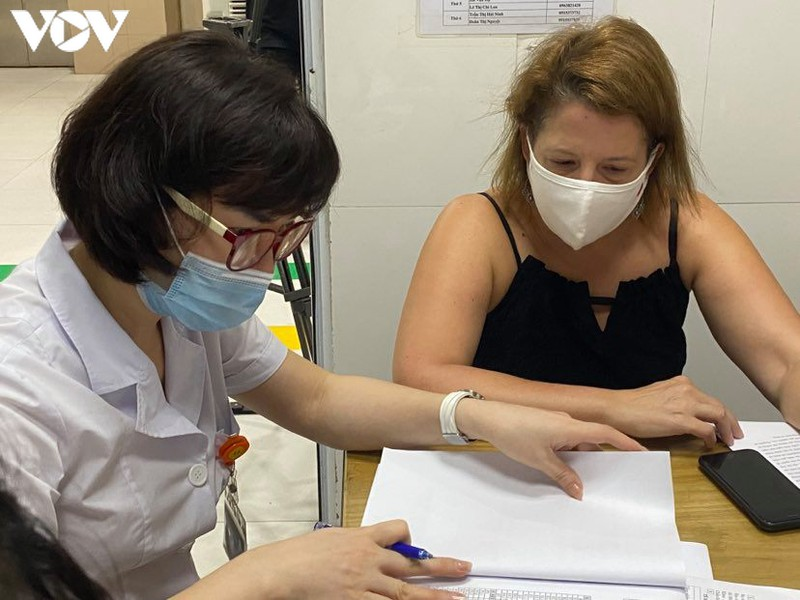 | The happiness of recovered COVID-19 patients as donating blood plasma "I am happy to do this" shared Ms. Kelly Michelle Koch (The 83), who had recovered from Covid-19, during a blood donation registration session at ... |
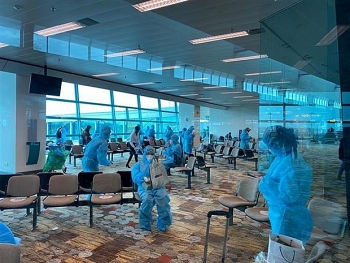 | Another 14 new cases reported; nearly 600 citizens return from coronavirus-hit countries Vietnam reported 14 three new COVID-19 infections on August 12 evening, raising the number of cases in the country to 880, mostly in Da Nang. ... |
Recommended
 World
World
Thailand Positions Itself As a Global Wellness Destination
 World
World
Indonesia Accelerates Procedures to Join OECD
 World
World
South Korea elects Lee Jae-myung president
 World
World
22nd Shangri-La Dialogue: Japan, Philippines boost defence cooperation
 World
World
Pakistan NCRC report explores emerging child rights issues
 World
World
"India has right to defend herself against terror," says German Foreign Minister, endorses Op Sindoor
 World
World
‘We stand with India’: Japan, UAE back New Delhi over its global outreach against terror
 World
World

